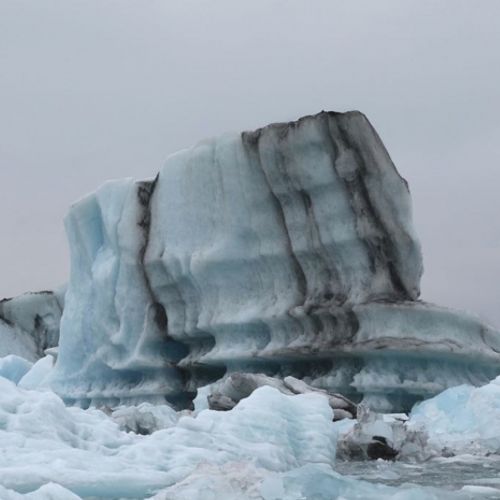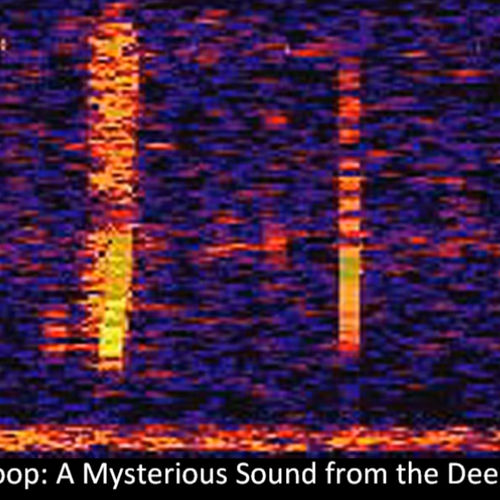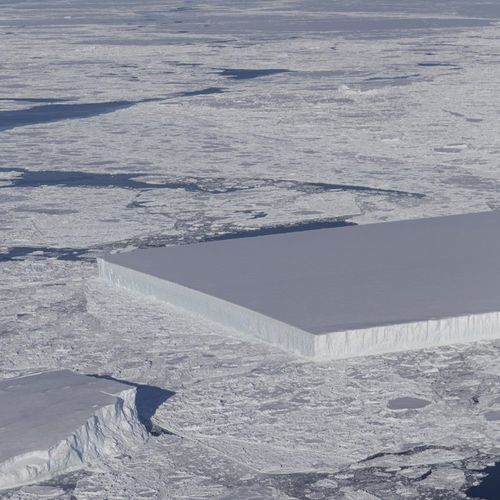
| Added | Mon, 14/01/2019 |
| Источники | |
| Дата публикации | Fri, 11/01/2019
|
| Версии |
Many of us are icebergs cold white ice blocks. While they can be a real work of art! Meet — striped icebergs.
For the white color ice blocks floating in the ocean, the answer is air bubbles in their structure. However, in the palette of nature for icebergs in store many colors. The most frequently snow-white icebergs meet, the bright blue and turquoise stripes. The reason for their appearance — frozen in the icy cracks of fresh water.
If the iceberg was originally an ice cap of the volcano, and then slid from the mountain into the water, it can settle the volcanic dust and ash. They create dark brown stains on floating boulders.
Sometimes you can see icebergs and emerald patterns. It is nothing like the frozen sea water, which for centuries had accumulated in the cracks of the train, and then went outside during a break of the glacier. This ice does not contain air bubbles, which explains its color.
In the southern hemisphere, the researchers observed a dark icebergs. They are formed at the time when the ice block is turned, and on the water surface there is a layer of ice, soaked in sea water rich with algae and microorganisms. The name of this phenomenon "inverse snow". In addition, the various minerals entering into the composition of sea water during freezing and the subsequent split of the glacier can create made beautiful colour — from yellow to pale pink.
Now you know that you can be not only cold, but also beautiful, like an iceberg in the ocean!
Translated by «Yandex.Translator»
Новости со схожими версиями
Log in or register to post comments




